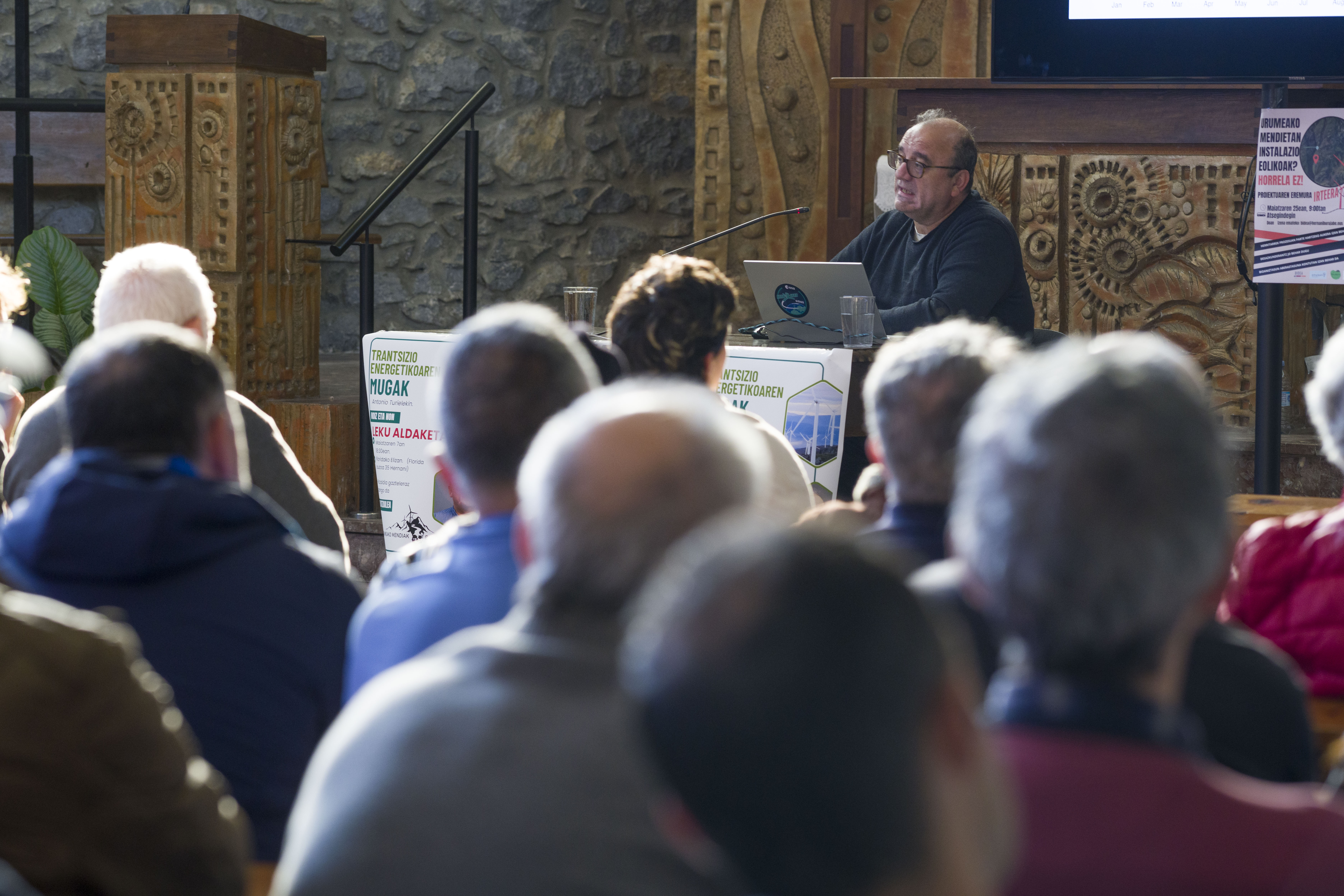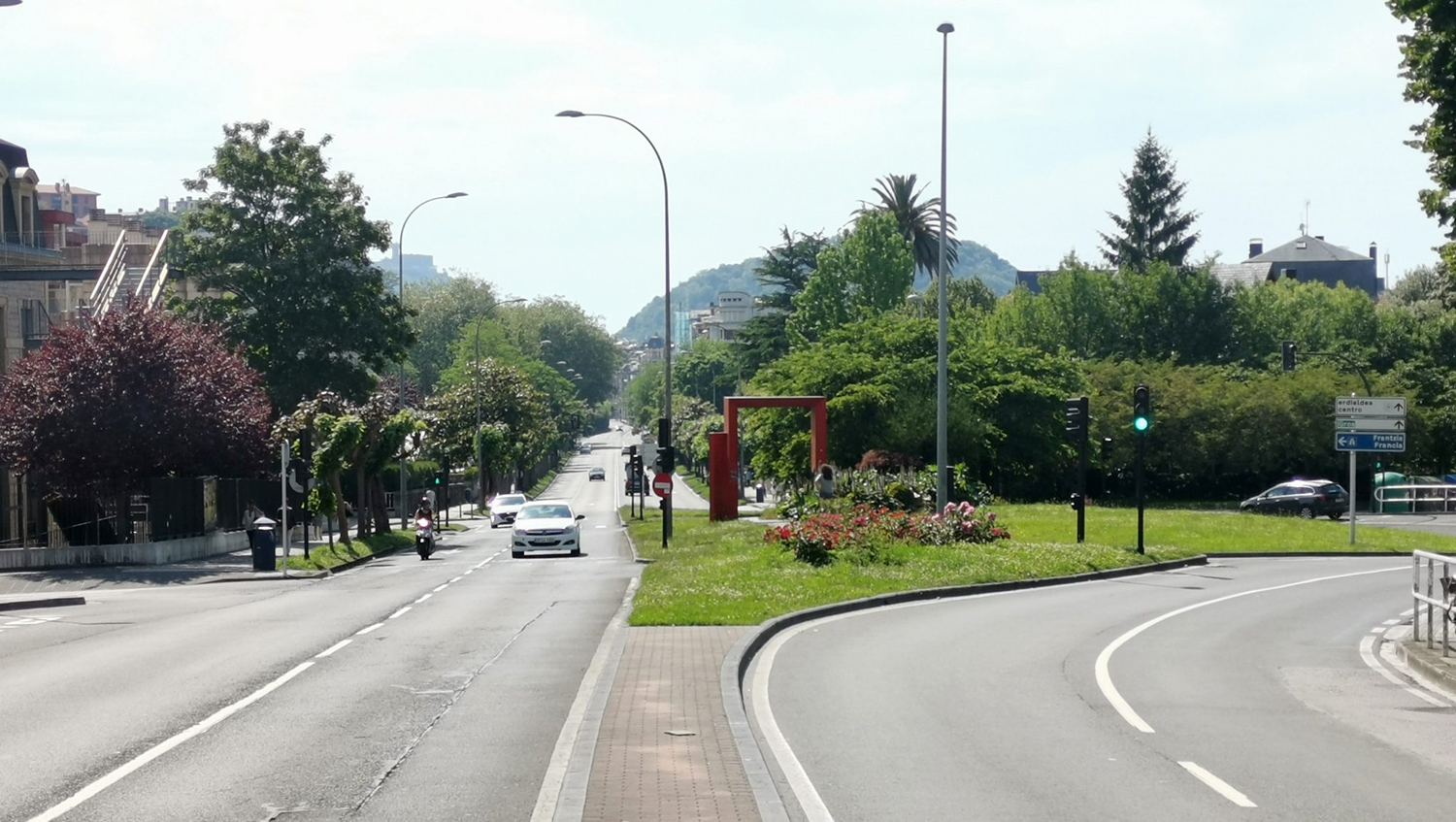Venice submerged again
- The climate emergency that lives the planet is showing these days in Venice its hardest side. On the night of November 12th, the high aqua, in Venetian, reached 187 cm high, the second most severe wave of the 20th century. 80% of the city has been buried under the water and there are two deaths in the fire.

The forecast was for a maximum of 160 cm, but the winds of 120 km/hour raised the waters of the Adriatic and shortly before midnight the sea overflowed. On the small island of Pellestrina, about 20 kilometres from the historical centre of Venice, two people died. The water housed many buildings, including homes and businesses, but also emblematic buildings such as the Basilica of St. Mark.
The authorities have decreed a state of emergency for the death of the young man. Mayor Luigi Brugnaro has pointed out that the damages are “innumerable” and the governor of the Veneto region, Luca Zaia, has described the situation as “apocalyptic destruction”. The Italian Government has already announced that it will take special measures to help those affected by the floods in Italy. However, until the situation is settled, it will be difficult to determine what the real consequences of the Ebro outbreak have been.
In an increasingly precarious situation
Flooding caused by the high tide is not an unusual phenomenon in Venice. The city is built in the middle of an extensive marsh of 550 km2, where the mouth of the main rivers of northern Italy converges, most of the buildings are built on enclosed wooden piles, stabilized by a constructive technique that has been perfected for a thousand years.
In this context, it is not uncommon for the lower areas of the city to be submerged when the high tide exceeds its usual level, especially in times close to the autumn equinox. Aqua alta and aqua bassa are typical expressions of the Venetian to refer to tidal fluctuations, and throughout history there have been frequent situations of either end. However, in recent decades the catastrophic floods associated with high aqua are becoming more and more frequent, caused to a large extent by climate change. It should not be forgotten that the average level of the Mediterranean has risen between 20 and 25 cm throughout the twentieth century, which has increased the extent of land that may be affected by the high tide.
"This phenomenon has particularly affected the marsh of Venice, where human beings have completely transformed the original ecosystem"
This phenomenon has particularly affected the marsh of Venice, where the human being has completely transformed the original ecosystem. Although the marsh's adaptations have been documented since ancient times, the hydraulic works carried out by the Republic between the fourteenth and seventeenth centuries were the ones that really influenced the eviction of the main rivers that were dumped in it, Adige, Brenta, Sile and Piave, in order to prevent the allubios that brought them from suffocating the city. Thus, the departure of Venice to the sea was assured, but at the same time the natural dynamics of the marsh changed radically, considerably increasing the risk of erosion by the sea.
The massive upturn in recent decades has only aggravated the situation. On the one hand, more than 8 million visitors arrive in Venice every year, of which 75% do not even spend a whole day. To guarantee the transport and maintenance services of these visitors, the traffic of motor vehicles has increased exponentially in the historic center, reinforcing the movement of water and the wear caused by it. It is true that popular movements such as No Grandi Navi have managed to incorporate the consequences of this phenomenon into the public agenda, but that has not, to date, brought concrete practical measures; the gigantic boats that transport thousands of passengers are still passing daily in front of the Plaza de San Marcos.
On the other hand, turistification has also caused a serious depopulation: If in 1951 the population was 174,808 inhabitants, in 2001 it had fallen to 65,695, and in early 2018 there were only 53,799 people, the majority elderly. Thus, at the same time as the socio-economic and cultural fabric of the city is dissolved, the maintenance of abandoned buildings and infrastructure becomes increasingly difficult, weakening the defenses against erosion.
Does it have a solution?
Given this situation, the works of the hydraulic macro-project MOSE (Modulo Sperimentale Eleteccanico), led by the Ministry of Infrastructure of Italy and the Magistrature of Waters of Venice, began in 2003. This project proposes the construction of mobile dykes at each entrance of the marsh, which would be activated in case of pleamar of more than 110 cm, isolating the marsh and keeping its waters at a height of less than 1.6 m above the level of the open sea. However, the corruption case that drove the incumbent mayor into prison in 2014 resulted in a project that is not expected to be completed by 2022.
Unfortunately, in recent decades, the catastrophic floods caused by the high tide have increased, and the trend does not seem to decrease in the future. The biggest flood in history was the pomegranate aqua on November 4, 1966, with a water increase of 194 cm. With 187 cm, the 12th of November 2019 has therefore been the second of the 20th century. No one knows when the third party will come, but we can all intuit how far its consequences will go.
Klima aldaketaren eraginez, munduko lurralde gero eta gehiago idortzen ari dira, milioika pertsonaren jarduera eta bizimoduak kolokan ezarririk. Fenomeno horren frontean dago India erdialdeko Maharashtra estatua, non klimaren berotzeari eta lehortzeari metatu zaizkien oihan... [+]
Today’s Venice is built on an archipelago of 118 islands. These islands are connected by 455 bridges. The city is based on mud rather than Lura. Millions of trees in the area were cut down from the 9th century onwards to build piles and cement the city. Years have passed and... [+]
Lurrak guri zuhaitzak eman, eta guk lurrari egurra. Egungo bizimoldea bideraezina dela ikusita, Suitzako Alderdi Berdearen gazte adarrak galdeketara deitu ditu herritarrak, “garapen” ekonomikoa planetaren mugen gainetik jarri ala ez erabakitzeko. Izan ere, mundu... [+]
Eskola inguruko natur guneak aztertu dituzte Hernaniko Lehen Hezkuntzako bost ikastetxeetako ikasleek. Helburua, bikoitza: klima larrialdiari aurre egiteko eremu horiek identifikatu eta kontserbatzea batetik, eta hezkuntzarako erabiltzea, bestetik. Eskola bakoitzak natur eremu... [+]
Agintari gutxik aitortzen dute publikoki, disimulurik eta konplexurik gabe, multinazional kutsatzaileen alde daudela. Nahiago izaten dute enpresa horien aurpegi berdea babestu, “planetaren alde” lan egiten ari direla harro azpimarratu, eta kutsadura eta marroiz... [+]
Biologian doktorea, CESIC Zientzia Ikerketen Kontseilu Nagusiko ikerlaria eta Madrilgo Rey Juan Carlos unibertsitateko irakaslea, Fernando Valladares (Mar del Plata, 1965) klima aldaketa eta ingurumen gaietan Espainiako Estatuko ahots kritiko ezagunenetako bat da. Urteak... [+]
Nola azaldu 10-12 urteko ikasleei bioaniztasunaren galerak eta klima aldaketaren ondorioek duten larritasuna, “ez dago ezer egiterik” ideia alboratu eta planetaren alde elkarrekin zer egin dezakegun gogoetatzeko? Fernando Valladares biologoak hainbat gako eman dizkie... [+]
Eskoziako Lur Garaietara otsoak itzularazteak basoak bere onera ekartzen lagunduko lukeela adierazi dute Leeds unibertsitateko ikertzaileek.. Horrek, era berean, klima-larrialdiari aurre egiteko balioko lukeela baieztatu dute, basoek atmosferako karbono-dioxidoa xurgatuko... [+]



















_Glaciar.png)